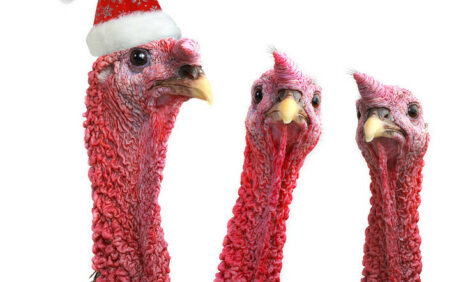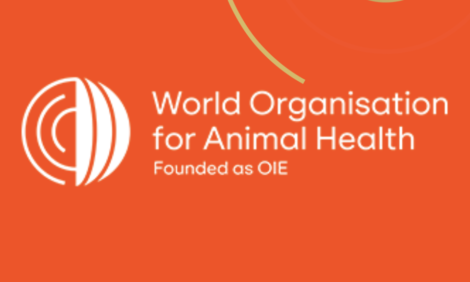



Avian Influenza A(H5N8) Detected in Europe
GERMANY - Germany has become the first European country to report an outbreak of highly pathogenic avian influenza caused by an A(H5N8) virus genetically similar to one spreading in the Republic of Korea since January.The virus causes high mortality in poultry. The route of introduction into Germany remains unclear, but the long-distance spread from Asia to Europe indicates that wild birds may play a role. FAO is emphasising the need for continued vigilance worldwide and heightened efforts on farms to prevent contact between poultry and wild birds.
What we know
The Federal Republic of Germany officially reported the outbreak on 6 November 2014 to the World Organisation for Animal Health (OIE) and the European Union. German authorities have since contained the outbreak, which occurred on a turkey farm.
The Government is working to clarify the source of infection through ongoing epidemiological investigations while also searching for any additional cases through targeted surveillance in the surrounding areas.
Genetic information released immediately by the Friedrich Loeffler Institute, the National Reference Laboratory for avian influenza in Germany, shows that this H5N8 is very similar to viruses detected in China, the Republic of Korea and Japan this year.
Akin to the highly pathogenic avian influenza H5N6 virus that emerged in southern China around the same time this H5N8 originated from various reassortment events involving, among others, HPAI H5N1 viruses circulating in Southeast Asia.
Outbreak data from the Republic of Korea and Germany shows that H5N8 causes high mortalities in chickens and turkeys. Experimental studies with the Korean virus, on the other hand, suggest no associated severe mortality in domestic or wild ducks. However, ducks can shed high amounts of virus.
A role for wild birds?
Much still needs to be clarified about this virus, including how it found its way to Germany.
The fact that the virus is genetically close to a virus from the Republic of Korea and that wild ducks may be affected without dying could suggest a role for wild birds in the spread of the virus over long distances and further onward transmission to poultry.
Wild birds were linked previously to the spread of H5N1 HPAI virus from Asia to Europe and Africa from 2005 onwards.
With regard to H5N8, experts hypothesise that the virus may have travelled during the spring season from eastern Asia into the breeding grounds of migratory birds in Central Asia.
These migratory birds may now be carrying the virus with them as they migrate into more moderate climates.
What this means
The detection of H5N8 in Europe is a reminder that avian influenza viruses still represent a global threat to animal health and the international poultry industry.
FAO is calling for worldwide vigilance and targeted surveillance as well as optimised biosecurity measures on farms. Avian influenza spreads most easily from infected farms to uninfected farms through common processes involved in the poultry industry and where biosecurity is low.
Reducing direct and indirect contact between poultry and wild birds is an important part of good biosecurity, especially in light of various virus strains that may be carried by wild birds.
Experimental infections with H5N8 demonstrate the Republic of Korea show that certain aquatic wild bird species, like mallards, may not exhibit overt signs of disease or mortality.
Likewise, the virus may not cause high mortality in domestic ducks. Therefore, active surveillance is important for early detection both in aquatic wild birds and in poultry.
What FAO suggests
Any significant increase in mortality, neurological signs or reductions in food intake or egg production in ducks and chickens should be immediately reported and investigated.
Any unexplained excess mortality in wild birds, especially aquatic species, should be fully reported and investigated.
Poultry should be kept indoors with good standard biosecurity measures implemented on farms aiming at minimising contact with wild birds as well as between poultry farms.
Hunters should properly dispose of any remains from hunted wild birds. Hunters should also avoid contact with domestic poultry during or directly after hunting.
Original source: FAO report
Further Reading
For our previous report on this story, click here.
You can visit the Avian Flu page by clicking here.









